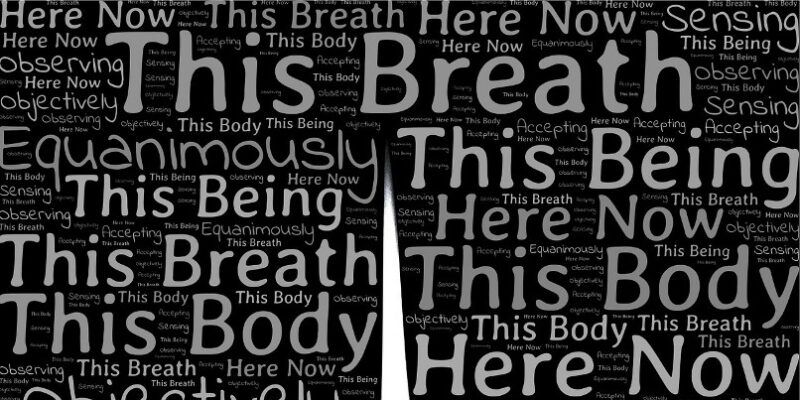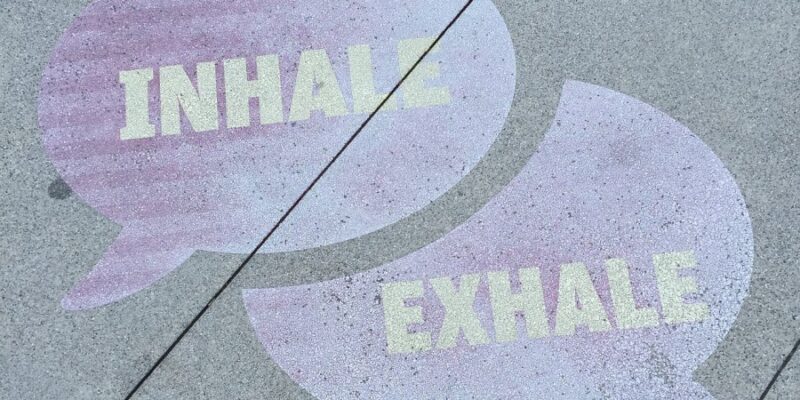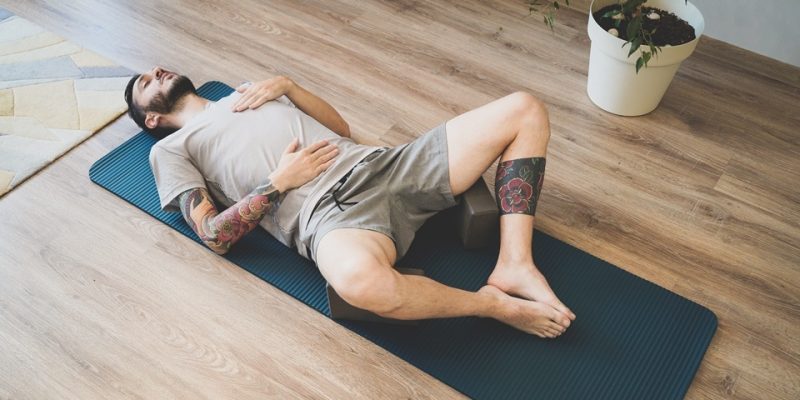
Full Body Breathing (also written Full-Body Breathing) is about slowly and rhythmically inhaling and exhaling as deeply and fully as possible, typically by using a Diaphragmatic Breathing technique, that is, by performing Abdominal Breathing.
You will find that Full Body Breathing is also called Whole Body Breathing, or it may simply be used as a synonym for Diaphragmatic Breathing. It’s also considered to be the opposite of Shallow Breathing (Chest Breathing).

In any case, most commonly you would stand, sit, or lie down comfortably with the spine straight and inhale through the nose and exhale through the mouth with one hand on the belly and the other hand on your chest. It’s not uncommon that you would use specific imagery during a session, which can be in a figurative and/or visual way.
Mind that depending on the breathwork modality or instructor it may also be that you would inhale and exhale only through the nose, or only through the mouth, and so on. Additionally, your hands and arms may just rest alongside your body, or they may accompany your breathing by moving them along in certain patterns.
The aim of Full-Body Breathing is to relax, clear, energize, and rejuvenate mind and body by breathing fully and completely, while using the appropriate breathing muscles of your respiratory system. It’s likewise an awareness exercise to feel breath and energy move in, out, and across your body, as such making a more intimate connection with yourself and creating a feeling of wholeness.
This slow and gentle way of breathwork can be done at any moment during the day and as long as you want.






















